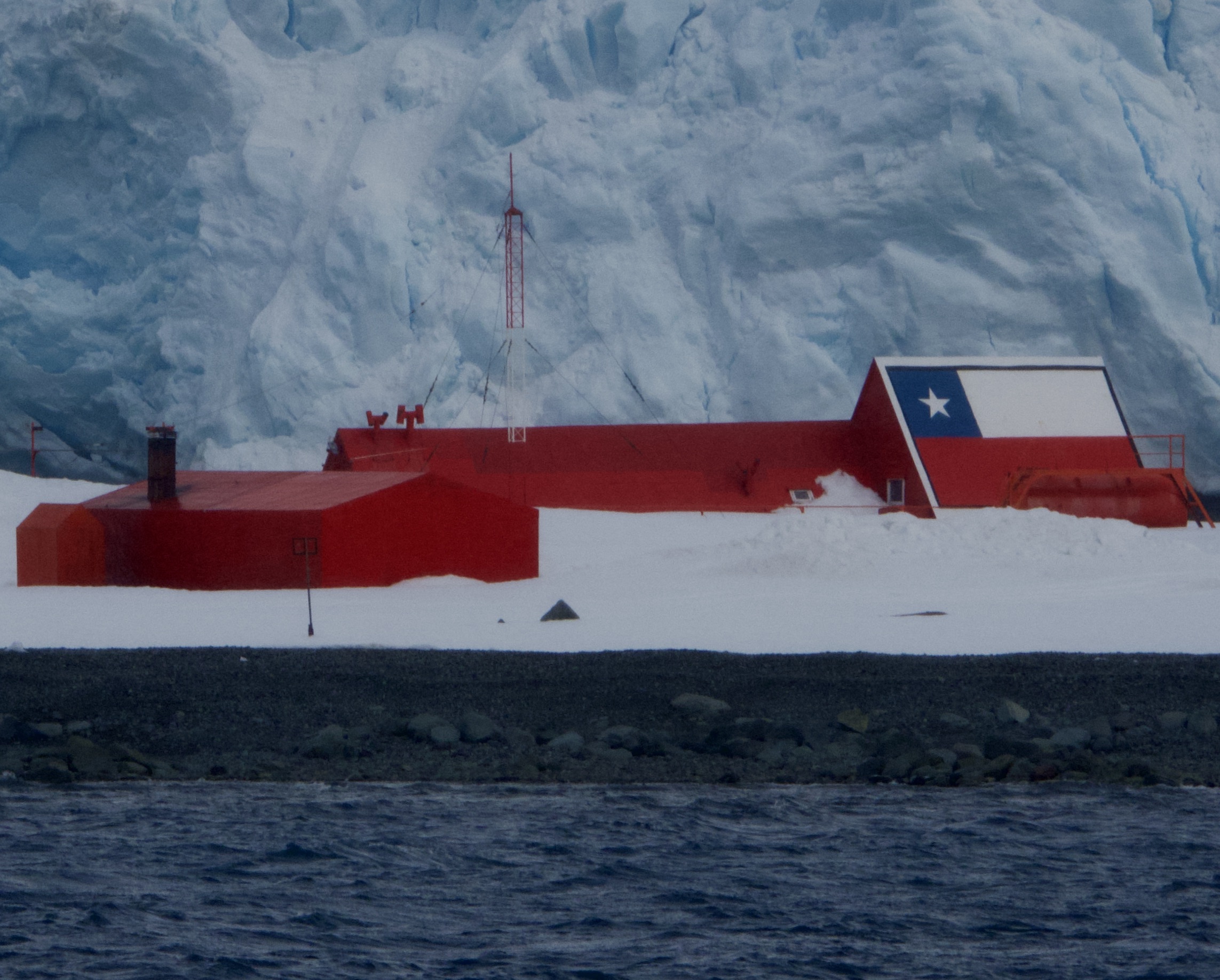As our ship glided past the icy coastline of Antarctica, a vivid splash of red caught my eye. Nestled at the base of a glacier, surrounded by sheer ice cliffs and an endless expanse of snow, stood one of the continent’s remote research stations.
These stations aren’t towns. They’re not tourist attractions, and they’re definitely not places you can just drop in for a visit. In fact, there are no public villages, grocery stores, or shops anywhere in Antarctica. This is a place of extremes, where survival depends on preparation, teamwork, and resilience.
A Life of Isolation and Science
Before COVID-19, a few Antarctic research stations occasionally welcomed carefully arranged visits. Today, pandemic precautions have tightened, and most remain completely closed to the public.
For scientists and support staff, life here means living in isolation for months at a time. They conduct critical research on climate, wildlife, and glaciology—work that could never be done anywhere else on Earth. Supplies arrive by ship or plane, and once winter sets in, the outside world feels very far away.
A Building Built for the Cold
The station I saw stood out against the frozen blues and whites—its firetruck-red walls and towering communication masts strikingly bold. Interestingly, there were no visible windows. In a place where the cold can seep in through the smallest crack, solid walls are a matter of survival.
Every detail here is engineered to keep the frigid air out and the warmth in. Life inside is functional, not fancy, but it’s enough to get the job done.

Nature’s Raw Power
From the boat, the view was surreal. Jagged ice cliffs towered above, their ancient layers telling a story millions of years in the making. The San Juan River may carve its curves slowly back home, but here, the glaciers shape the land with silent force.
I snapped a photo as we passed, knowing I had just captured a rare glimpse into one of the most remote corners of the planet—a place where the only constant is the cold, and beauty is measured in shades of ice.
Why Antarctica Matters
Antarctica is not just a location on a map—it’s a living laboratory. What happens here impacts the entire planet. From tracking ice melt to studying unique ecosystems, research stations are our outposts in understanding Earth’s most extreme and fragile environment.
And sometimes, the only way to truly appreciate its power and beauty is from the water—bundled in layers, camera in hand, and in awe of a world very few will ever see.








